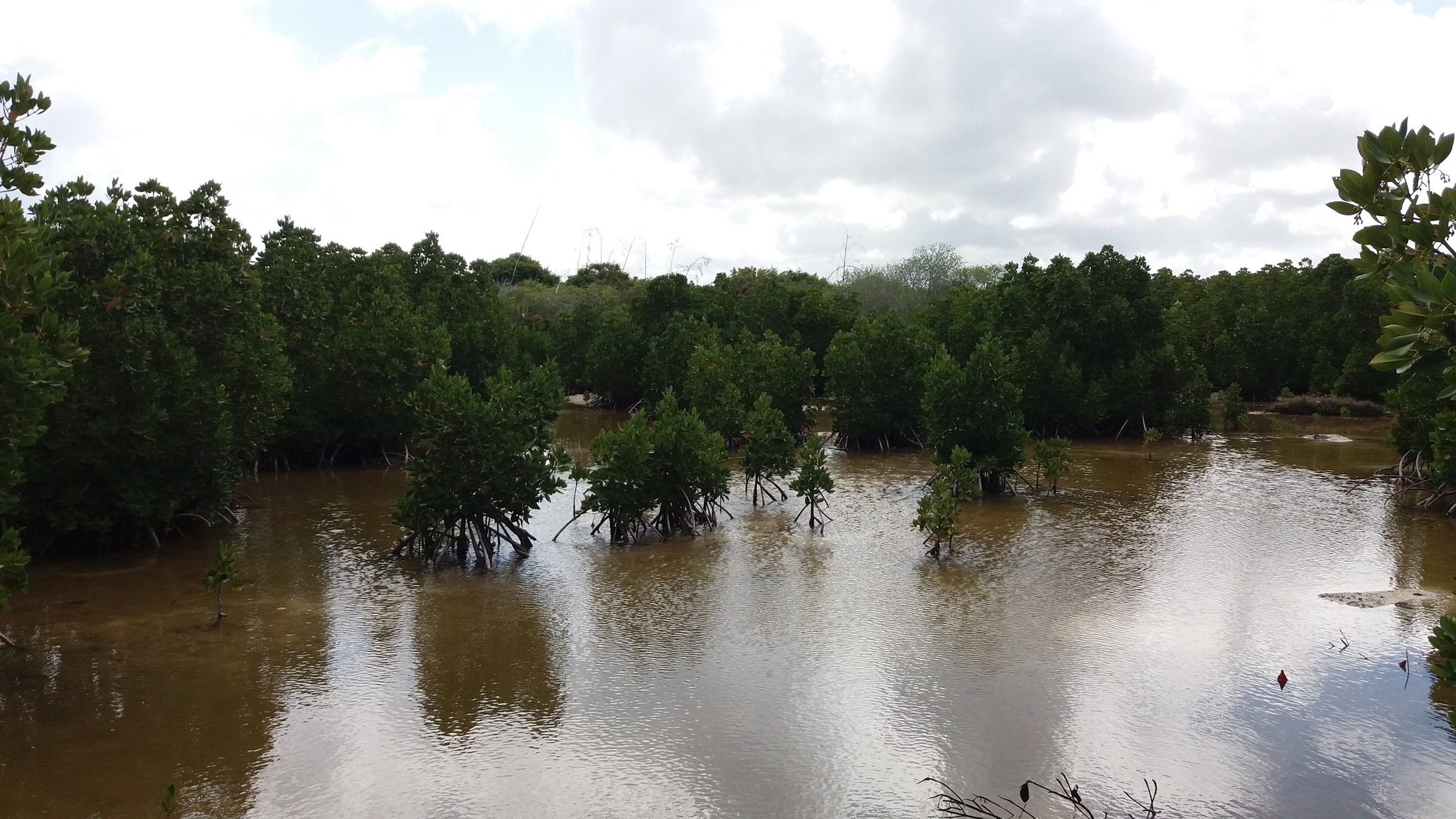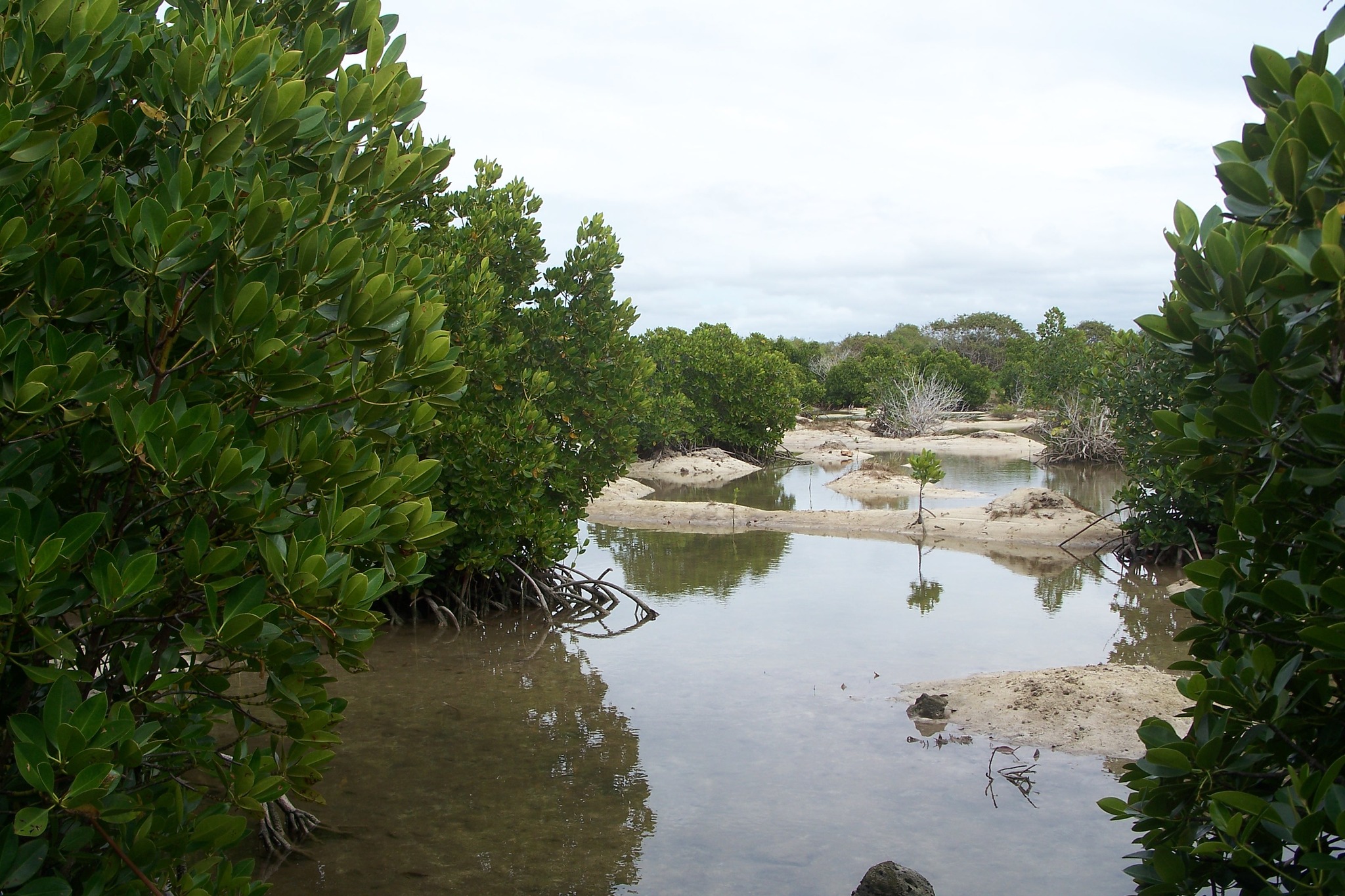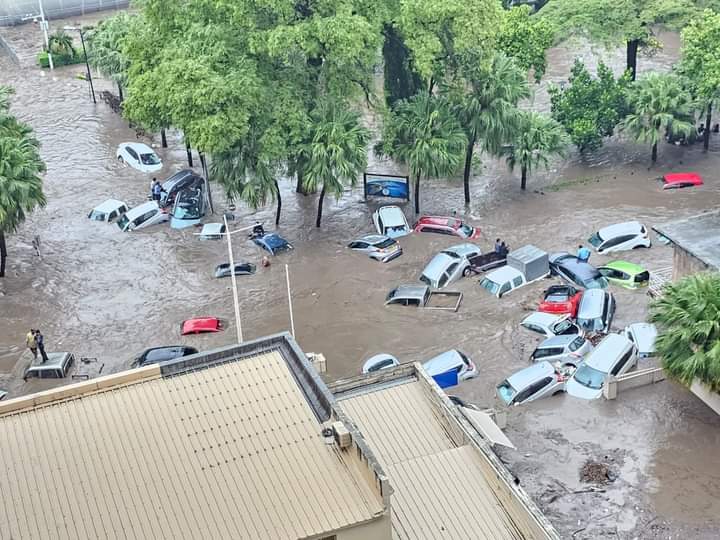News
Today, we celebrate the World Wetlands Day. This day seeks to increase awareness and emphasizes the crucial role of wetlands in human prosperity and a healthy planet. Wetlands are described as land areas that are saturated or flooded with water either permanently or seasonally. They are divided in two types, namely inland wetlands and coastal wetlands. Inland wetlands can take the form of marshes, lakes, rivers, reservoirs, floodplains or depressions, whereas coastal wetlands mainly consist of saltwater marshes, estuaries, mangroves, marine coasts, lagoons and coral reefs. Mauritius has some 144 wetlands representing around 1839 ha; more wetlands are still being recognised, whilst on the other hand, some are being lost.

This year’s theme is ‘Wetlands and human wellbeing’ which is about the interconnectedness between wetlands and various aspects of human health. With the recent heavy rains provoking flash floods in many parts of Mauritius, inundated neighbourhoods and loss of lives, we were reminded of the impacts of our actions on nature, specifically when ecosystems such as wetlands have been destroyed. Destruction or deterioration of wetlands affects human wellbeing in several ways: security, planetary health, and livelihoods.
The public debate has revolved much over drains; their absence, lack of maintenance, as conduit for waste, poor land use planning but it is undeniably also linked to the destruction of Mauritian wetlands which spans decades, and sad to say, is continuing. Indeed, the country has lost 90 % of its natural wetlands according to several studies.

Wetlands are protected by the Ramsar Convention, an international treaty which 172 countries in the world, including Mauritius, have signed. The Convention was adopted in the Iranian city of Ramsar in 1971 and came into force in 1975. In 2001, the Ramsar Convention on Wetlands came in force in Mauritius with three wetlands declared as Ramsar sites nowadays, namely the Rivulet Terre Rouge Estuary Bird Sanctuary, the Blue-Bay Marine Park and the Pointe D’Esny Wetland.
In 2009, the Environment Sensitive Areas (ESA) Bill proposed the protection of such areas, which also comprise wetlands, by law. However, since the law proposal has not been voted, the Bill has not been able to prevent many projects to be carried out in such areas, jeopardizing their existence.

In Mauritius, where wetlands have been backfilled, flooding is a recurrent problem after heavy rains. Wetlands are vital to maintaining environmental balance. They act like sponges during heavy rain, absorbing excess water, and liberating the water at a slowed rate. The 10 % of wetlands remaining do their roles but are not being able to absorb as much water as our wetlands would have done had the 90 other % still existed.
With climate change taking place, more frequent and more extreme weather conditions are to be expected including heavy rains and flash floods, which will continue to create serious problems for people living in flood prone areas. It will get worse if we continue to destroy our remaining wetlands, as well as building more concrete structures, especially in or around wetlands. Whilst climate change will worsen flooding risks, the situation is made worse by inappropriate land use management e.g. deforestation, concrete, coastal modification etc and disregard to ecosystems services. Climate change cannot be the sole culprit for flooding.

In addition to water regulation, wetlands also have other key roles such as trapping pollutants and improving water quality, shoreline stabilisation, providing shelter and food to many plants and animals, filtering sediments thus preventing mud from clogging lakes, rivers or the sea, reducing soil erosion and carbon sequestration. Wetlands also have cultural values, are ecotourism resources, support fisheries and improve groundwater quality. Another type of wetland, mangroves, also physically protect the coastline from storm surges, protect our corals and the lagoon.